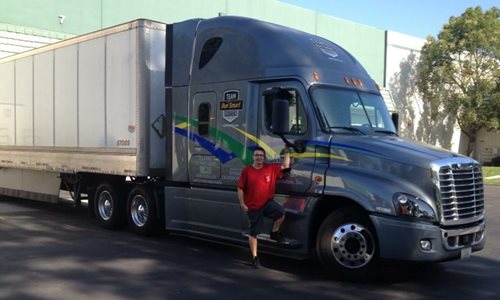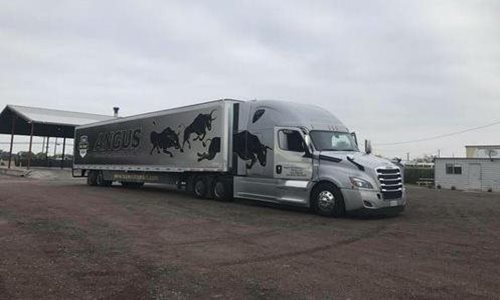Rolling up at my local truck stop to see diesel prices at $4.08 per gallon just prior to writing this blog and hearing that the forecast for 2018 calls for more of the same, it seems like a kick in the stomach each time I have to “pony up” at the pump lately! It isn’t until I sit down and figure IFTA returns for each quarter that the realization of having truly better MPG sets in, once I compare my year-over-year averages to the Cascadia Evolution I previously piloted years ago. The gross realization is that I am in fact spending more overall to fill up my tanks, at well over $600 per fill-up, but that I am also filling up at less frequent intervals than when in my previous EVO truck.

As I compiled my receipts for this past quarter’s fuel stops to compute my 2018-Q1 IFTA return, I decided to dive back into the files from the previous Cascadia EVO I drove when I first became a Team Run Smart Pro. Since I was driving nearly the same duty-cycle with virtually the same hauls, I was curious as to what impact another 8+MPG return would have on the number of fuel stops, when compared to a truck that gave me almost a 7-MPG average back then. I would like to remind everyone reading this that back then, 7-MPG local fuel average was nothing to scoff at. At that time, OTR trucks were striving for 8 MPG and there were only an elite few reaching for the magical 9-MPG mark. Being at an almost 7-MPG average for local Los Angeles traffic daily and stop-n-go city work in a sleeper truck was a great accomplishment back then and saved me more fuel than many of my friends pulling the same lanes around town in far less efficient models.

Fast-forward five years and now I am privileged enough to be driving the latest in truck efficiency, my beautiful 2018 Freightliner New Cascadia. Having adjusted myself to the performance of this truck now for almost a year now, I am continually turning solid MPG numbers trouncing around Los Angeles every day that I never though would be possible! Being heavily loaded over 70K GWV over 75% of the time, dealing with world-famous traffic and doing a ton of city stoplight driving, usually would not be synonymous with fuel efficiency. Even though the miles are not abundant in local/regional work, fuel still remains one of my biggest costs, so having less fuel receipts in a quarter than my previous truck has real operational advantages!

With yet another 8+MPG IFTA return for Q1 this year, it can only help stretch out the rising cost of fuel itself for my operations. With 2018 being forecasted to be another year of rising oil prices, thus directly raising the cost of fuel as well, less fuel stops can only be a good thing. I look forward to seeing what may be on the horizon when it comes to further advances in aero and engine efficiencies that may stretch the time in between fuel stops for me even farther apart, letting me collect even fewer receipts in a quarter than I do now. Until then, I will continue to try and “one-up” my own figures and see how high I can drive up MPG in a local/regional truck and drive down my overall fuel costs!